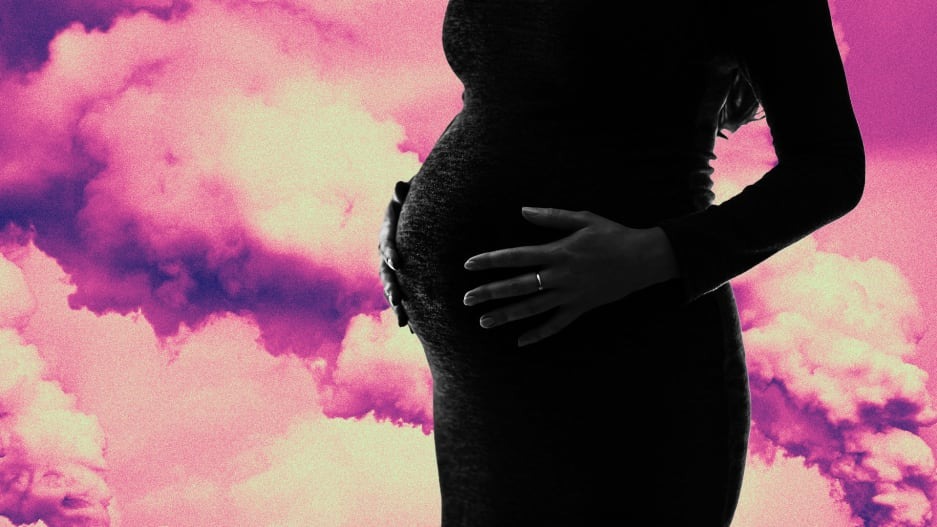- | 9:00 am
Cities starved for green spaces could be causing babies to be born smaller
Air pollution isn’t just bad for our lungs—it can also harm lung development in people who haven’t even been born yet, says a new study.

Air pollution can cause a variety of health problems, from cancer to cardiovascular disease. But according to a new European study, air pollution can also harm human beings who haven’t even been born yet.
The research, which comes from the Respiratory Health in Northern Europe (RHINE) study and is being presented at the European Respiratory Society International Congress in Milan this week, looked at more than 4,000 kids and their mothers living in Denmark, Norway, Sweden, Iceland, and Estonia. It examined the impacts of five pollutants: nitrogen dioxide (NO2), ozone, black carbon (BC), and two types of particulate matter (PM2.5 and PM10).
In comparing the birth weights of babies born to pregnant women exposed to varying levels of pollution, the study found that higher levels of pollution were linked to lower birth weights. PM2.5, PM10, NO2, and BC were linked to average-size reductions of 1.97 ounces (55.84 grams), 1.62 ounces (45.92 grams), 1.69 ounces (47.91 grams), and 1.69 ounces (47.91 grams), respectively. The new research follows previous research about pollution’s association with lower birth weight in babies, and even preterm births.
That’s bad news, because lower birth weights can lead to health problems for babies down the road. According to Robin Sinsamala, a researcher at Norway’s University of Bergen who presented the findings, babies’ lung development is “critical” while they are still in utero.
“We know that babies with lower birth weight are susceptible to chest infections, and this can lead to problems like asthma and COPD later on,” he said in a statement.
But while the negative impacts of tainted air are pretty clear, researchers did point to some good news. Their study used satellite images to measure the “greenness” of the areas that the mothers lived in while their babies were in utero, and after considering the density of vegetation—like forests, farmland, and parks in urban areas—researchers concluded that more green space could lead to bigger babies.
Green spaces are linked to lower traffic, and they also encourage the growth of plants that “help to clear the air of pollution,” Sinsamala said. He also suggested that “green areas may mean it’s easier for pregnant women to be physically active.”
Those findings have implications for inequality across the country. In recent years, there has been a growing body of research surrounding birth outcomes for mothers of color—which are disproportionately bad when compared with birth outcomes for white mothers, with much of the literature examining the impacts of racism in hospitals. This new research proves just how important environmental factors are during gestation and could hopefully prompt a push for more green spaces—especially in neighborhoods with lower air quality, which are often lower-income and disproportionately occupied by people of color.
The air pollution in the study fell within European Union standards for safety—yet even at relatively low levels, its harmful effect on birth was proven. It’s just more data showing that a cleaner world is a healthier one, even for those who aren’t yet breathing the air.






































